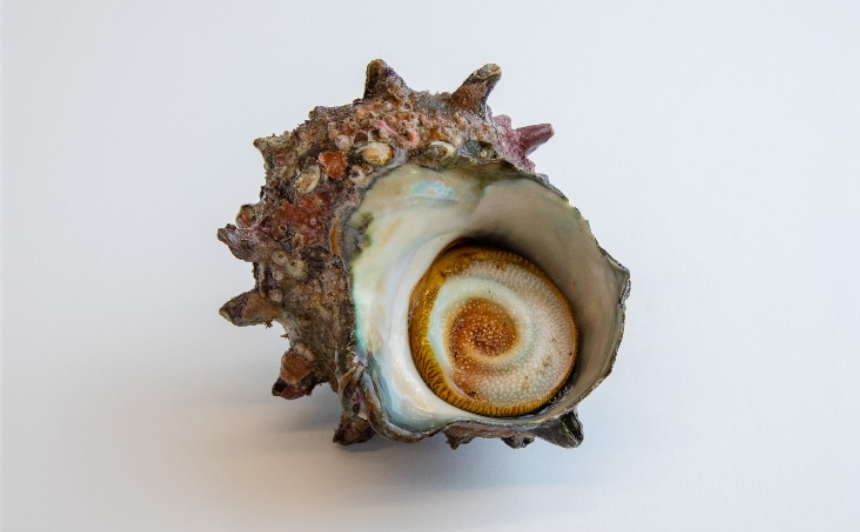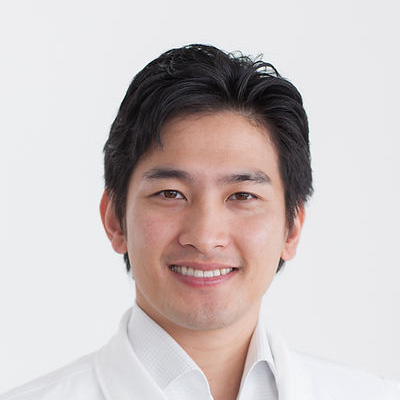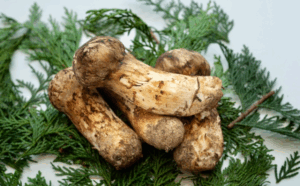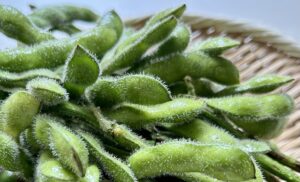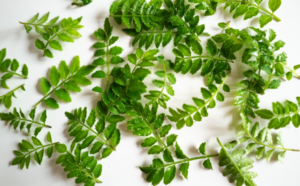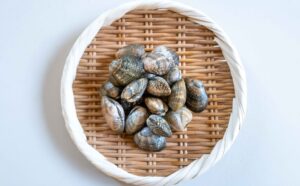“Sazae,” or turban shells, are typical marine snails that you might start spotting around April and May, when sea temperatures go up. During this time, these snails become more active, making it easier to catch them.
In the past, many sazae were picked right off the rocks by “ama” divers—traditional female divers who free dive without fancy scuba gear. Even today, the ama culture stays strong in some regions, where they work together and support each other both in and out of the water.
Interestingly, sazae shells look different depending on where they’re from. In coastal areas like Sotobo in Chiba, where the waves and sea currents are intense, sazae grow noticeable spikes on their shells to help them cling to rocks and avoid being swept away. On the other hand, in calmer waters like the Seto Inland Sea, the shells are mostly smoother and less spiky.
When it comes to enjoying them, one of the best sazae dishes is called “tsuboyaki,” or shell grilling. You can make tsuboyaki by taking the meat out of the shell, chopping it up, and then putting it back in along with the seasoned broth and other ingredients like shirataki noodles and shiitake mushrooms. Then place the filled shell directly over a flame to cook it up! As it heats up, you can enjoy a great aroma from the seas, which nicely enhances the flavor of the dish.

